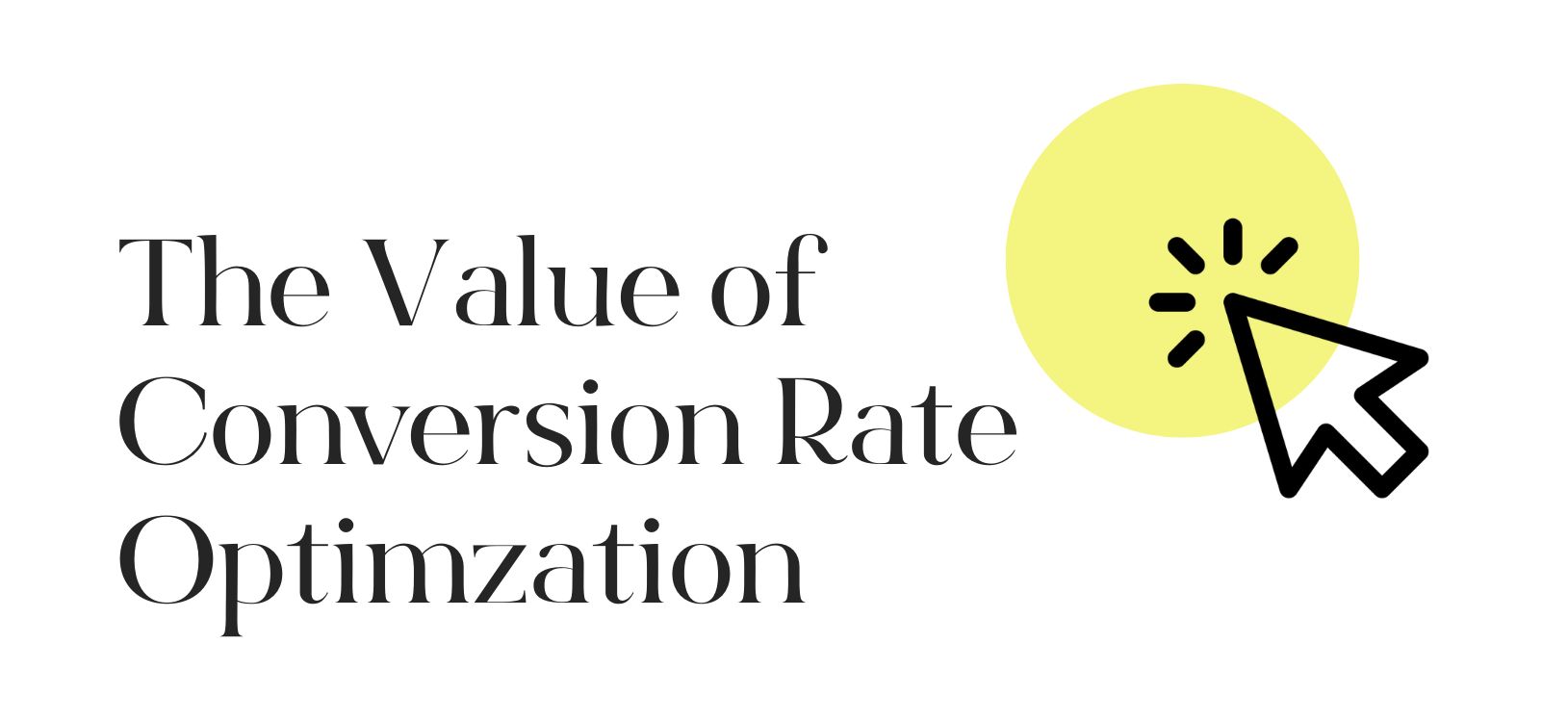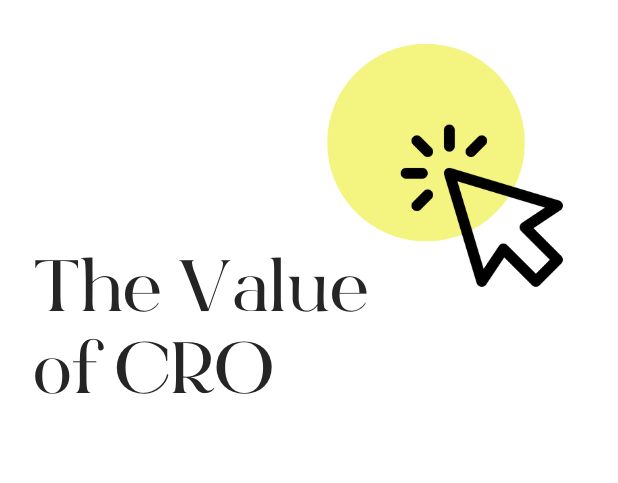Are you a small business owner struggling to convert website visitors into paying customers? Or do your digital marketing efforts continue to produce a subpar return on investment? If so, Conversion Rate Optimization (CRO) may be the solution to your problem.
CRO is the process of making changes to your website to improve the percentage of visitors who complete a desired action, such as making a purchase or filling out a contact form. It’s a cost-effective marketing tactic that can be done on a budget and has numerous benefits, including the ability to decrease customer acquisition costs and provide a better overall user experience.
Here are six CRO best practices to help you optimize your website:
1. Test & Increase Site Speed
Site speed plays a large role in both CRO and SEO performance. If it takes too long for your page to load, more people will leave your funnel before they see anything on your website. This can be devastating if you are paying to reach the perfect person, only to have them leave before they have the chance to convert. Test your website’s speed regularly and take steps to increase it if necessary. You can use tools like Google PageSpeed Insights to test your website’s speed and get suggestions on how to improve it.
2. Focus on One Clear Call to Action
When you want someone to convert on your website, you should always make it extremely clear what action you want the user to take. The best way to do this is to have one main conversion action, and put the call to action button above the fold and scattered throughout the page so your visitors are never too far from being able to complete their goal on desktop or mobile.
3. Include Social Proof at Tension Points
A tension point is a point in your conversion flow where someone may hesitate before completing it. A good example of this is when you ask for a credit card before making a purchase. At points like this, including customer testimonials, impressive facts, or statistics somewhere in view can help reinforce that their decision to convert is the right one.
4. Listen to Customer Feedback
Whether it’s a customer review, survey response, or email, you should always listen to any negative feedback and try to observe any trends. Tools like Hotjar allow you to see heat maps, user recordings and generate surveys, to better understand how people use your website. With tools like this, you can see what areas of your website people are most interested in or what might be causing them to leave. Over time you can identify trends and address concerns, ultimately improving your user experience.
5. Make Sure You are Capturing Visitor Information
At any point in your funnel, a user can leave your site for any reason. If you have a longer conversion funnel, you should consider collecting their information somewhere along the way so you can bring them back into the funnel later.
6. Have a Chatbot to Address Concerns
Some people have concerns that you can’t predict and having a chatbot to make answering these concerns easier can have a huge impact on final conversion rates.
In conclusion, optimizing your website for conversions doesn’t have to break the bank. By implementing these best practices and listening to your customers, you can increase your website’s conversion rate and ultimately grow your business.
If you’re interested in learning more about smart small business marketing, be sure to subscribe to our newsletter and connect with us. Or if you want to learn more about CRO, schedule a meeting with our team!
About BuzzShift
BuzzShift is a digital strategy agency on a mission to grow mid-market, purpose-driven brands with the power to positively impact society and improve people’s lives. By combining the ideologies of branding, performance marketing, and retention agency, we can create memorable experiences with measurable results and build long-term success for our clients. Learn more about BuzzShift.







